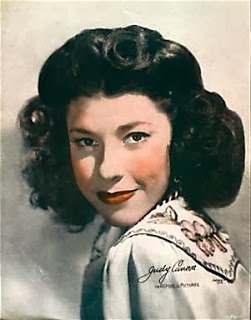Luther Ingram (November 30, 1937 – March 19, 2007) was an American R&B and soul singer and songwriter. His most successful record, "(If Loving You Is Wrong) I Don't Want to Be Right", reached no. 1 on the Billboard R&B chart and no. 3 on the Hot 100 in 1972.
Born Luther Thomas Ingram in Jackson, Tennessee, he spent the majority of his adolescence in Alton, IL, launching his singing
 career in a group featuring his siblings. As a teen he also began writing songs, and later ventured out as a solo act, most notably opening for Ike Turner in East St. Louis. Ingram eventually migrated to New York City, where according to legend he briefly roomed with a then-unknown Jimi Hendrix.
career in a group featuring his siblings. As a teen he also began writing songs, and later ventured out as a solo act, most notably opening for Ike Turner in East St. Louis. Ingram eventually migrated to New York City, where according to legend he briefly roomed with a then-unknown Jimi Hendrix. In 1965 he signed to Decca and cut his debut single, "You Never Miss Your Water," followed by a cover of Jamo Thomas' "(I Spy) For the FBI" on Smash. After little-heard efforts for indies Hurdy-Gurdy ("Run for Your Life") and HIB (the instrumental "Exus Trek"), Ingram relocated to Memphis, signing to producer Jimmy Baylor's fledgling KoKo label. Initial efforts like the 1967 single "I Can't Stop" and the next year's "Missing You" failed to generate much interest, but when Baylor negotiated a distribution deal with Stax Records in 1969, Ingram's fortunes improved dramatically. Later that same year he scored his first R&B Top 20 hit with "My Honey and Me."
 for 18 weeks, ultimately selling a reported four million copies. The song was later successfully covered by Millie Jackson and Barbara Mandrell; it has also been recorded by Bobby "Blue" Bland, Rod Stewart and Isaac Hayes.
for 18 weeks, ultimately selling a reported four million copies. The song was later successfully covered by Millie Jackson and Barbara Mandrell; it has also been recorded by Bobby "Blue" Bland, Rod Stewart and Isaac Hayes.Other popular tracks for Ingram included "Ain't That Loving You (For More Reasons Than One)", "Let's Steal Away To The Hideaway" and "I'll Be Your Shelter." He also co-authored "Respect Yourself", a million seller for the Staples Singers in 1971. The acetate demo version of Ingram's, "Exus Trek", became a sought after Northern soul track. With the Stax connections, Ingram recorded at the Memphis label's studios, as well as other southern-based studios such as Muscle
 Shoals. He was opening act for Isaac Hayes for some years, and often used Hayes' Movement band and female backing group for his 1970s recordings. He recorded into the 1980s, and whilst only managing lower R&B chart hits, he remained a popular stage draw.
Shoals. He was opening act for Isaac Hayes for some years, and often used Hayes' Movement band and female backing group for his 1970s recordings. He recorded into the 1980s, and whilst only managing lower R&B chart hits, he remained a popular stage draw.Ingram died on March 19, 2007, at a Belleville, Illinois, hospital of heart failure. According to his wife Jacqui Ingram, he had suffered for years from diabetes, kidney disease and partial blindness. (Info edited from Wikipedia & All Music)






















































